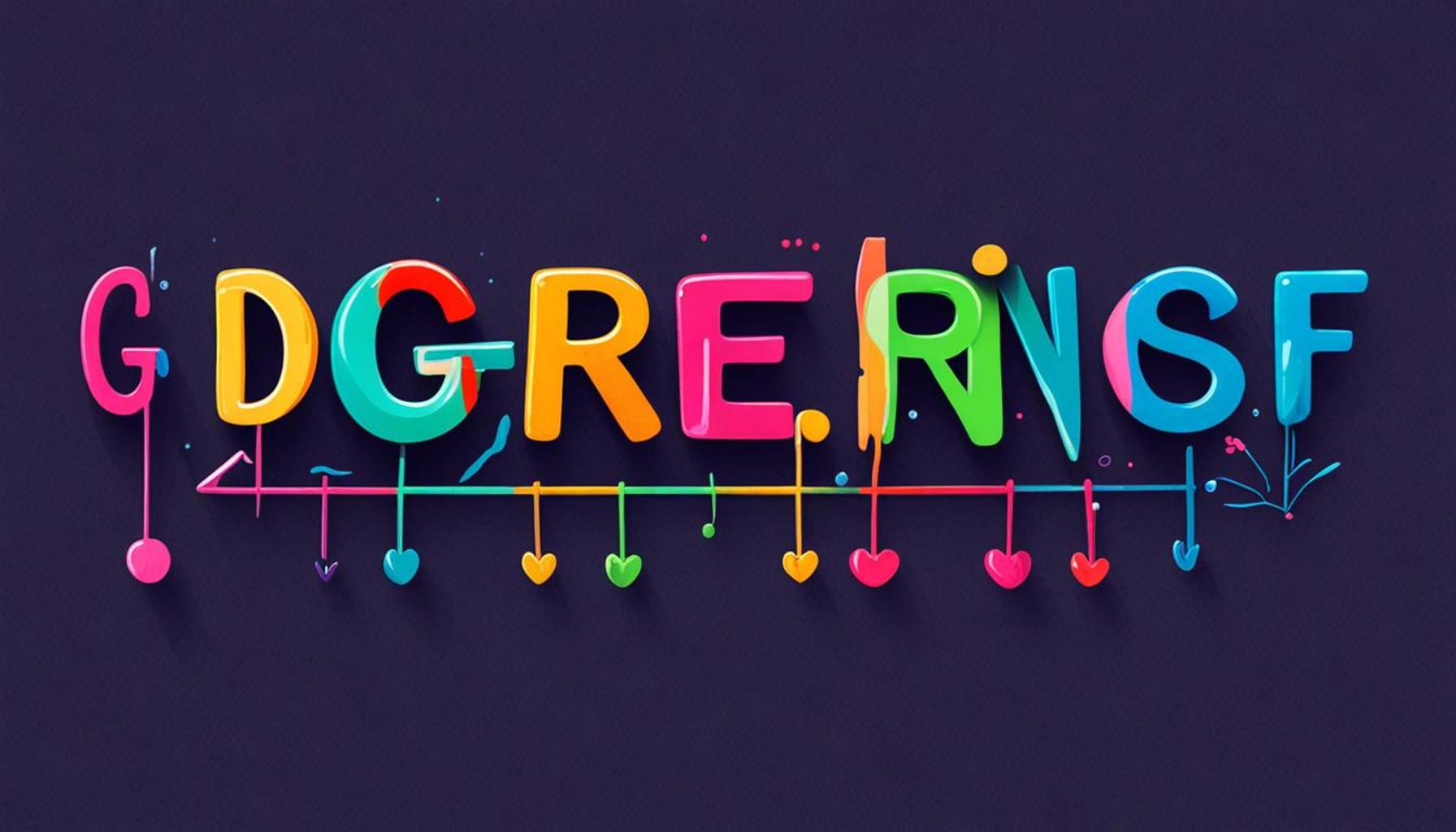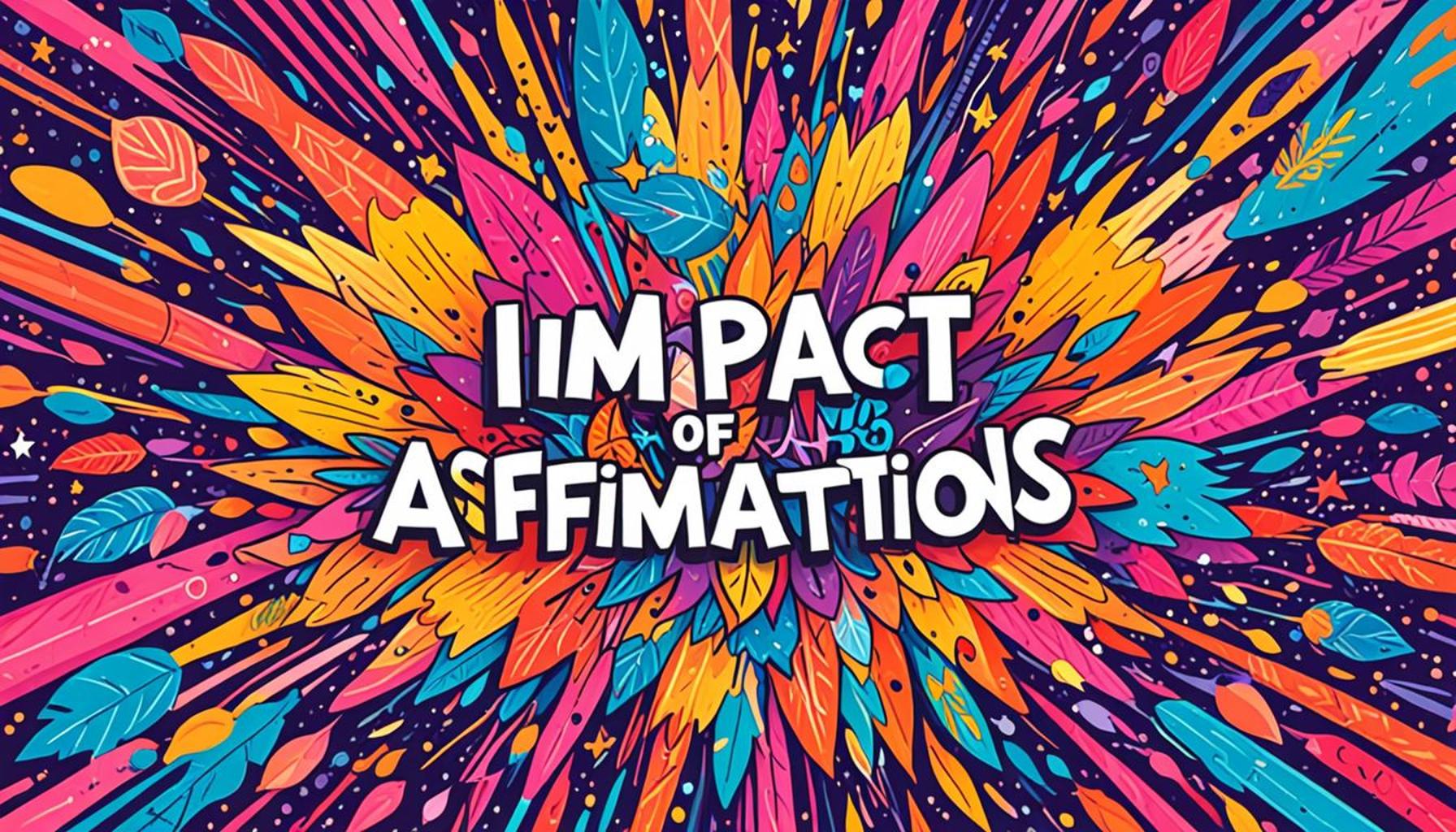Short Medium Long-Term Goals Key Differences Impact Explained

Understanding the Spectrum of Goals
Setting goals is a crucial aspect of personal and professional development. Whether in business or daily life, distinguishing between short-term, medium-term, and long-term goals can significantly impact success. A well-structured approach to setting these goals can lead to better decision-making and precise execution of plans, ultimately resulting in achieving one’s desired outcomes.
Each type of goal serves a unique purpose and varies in time frame and complexity. Understanding these differences can empower individuals to create effective strategies tailored to their circumstances.
- Short-term goals: These goals are typically achievable within days or weeks. For instance, completing a work project by the end of the week, or setting aside a specific amount of money to buy a new smartphone within a month, are examples of short-term objectives. In Nigeria, this could relate to preparing for a local festival by organizing the necessary logistics, such as buying decorations or scheduling rehearsals within a tight deadline.
- Medium-term goals: Generally realized over months or a few years, medium-term goals often require a more detailed plan. A Nigerian student pursuing a university degree is a classic example, as this endeavor usually spans three to four years. Another instance might be a small business owner looking to expand operations within two years, perhaps by increasing product offerings or entering new markets. This phase is vital, as it requires both commitment and adaptability to changing circumstances.
- Long-term goals: These are visionary objectives that may take years to accomplish and often require extensive planning and dedication. For instance, a Nigerian couple might set a long-term goal of saving for their children’s education, which involves meticulous financial planning and investment over a decade or longer. Similarly, developing a sustainable retirement plan is another long-term aspiration, requiring individuals to consider their lifestyle, savings, and expected costs of living.
Understanding these goals not only helps in planning but also enhances motivation. The impact of setting clear and distinct goals is profound and can lead to various benefits:
- Improved focus: By having clear targets, individuals can minimize distractions and direct their energy towards achieving specific outcomes.
- Better resource allocation: Knowing the time frame and requirements for each goal allows for more efficient use of resources, whether it be finances, time, or manpower.
- Increased accountability: Setting defined goals lays a framework for accountability, making it easier to track progress and adjust strategies as needed.
This article aims to dive deeper into the nuances of short-term, medium-term, and long-term goals. We will explore their key differences and illustrate their effects on both individual aspirations and broader societal progress within the Nigerian context. By understanding how each goal type contributes to personal growth and community development, individuals can better position themselves to create impactful change in their lives and surroundings.
As we navigate through these various dimensions of goal-setting, readers are encouraged to reflect on their objectives and consider how they can harness the power of effective goal-setting to transform their personal and professional landscapes.
CHECK OUT: Click here to explore more
The Importance of Different Goal Types
When considering the journey of personal and professional development, understanding the key differences between short-term, medium-term, and long-term goals is paramount. Each type of goal plays a distinctive role in shaping the trajectory of an individual’s aspirations. Knowing how to categorize and approach these objectives can enable better planning and facilitate success.
Short-Term Goals: Quick Wins
Short-term goals are often regarded as “quick wins” because they can be accomplished within a brief timeframe, typically ranging from a few days to several weeks. These goals are essential for creating a sense of achievement and momentum. For example, a Nigerian student might set a short-term goal to complete all assignments for the week before the deadline. This focused approach not only helps reduce stress but also fosters organizational skills that are crucial in the long run.
In a business context, short-term goals may include launching a promotional campaign to increase sales over the next month or implementing a new employee training program within the same time frame. The agility of focusing on short-term objectives can accelerate learning and adaptation, allowing individuals and businesses to respond more effectively to immediate challenges. Here are some additional insights into the benefits of establishing short-term goals:
- Immediate Feedback: Achieving short-term goals provides instant gratification and constructive feedback that can inspire further efforts.
- Boosted Morale: Regularly hitting these targets contributes to higher motivation, creating a positive cycle of productivity.
- Foundation for Future Goals: They serve as the stepping stones that pave the way for more comprehensive, medium- and long-term objectives.
Medium-Term Goals: The Balancing Act
Transitioning to medium-term goals, these objectives typically require a timeframe of several months to a few years to achieve. They often involve a more detailed plan and a clear understanding of the resources and challenges that lie ahead. A pertinent example in Nigeria could be an aspiring entrepreneur who sets a medium-term goal of launching a startup within two years. This timeframe allows for critical pre-launch activities, such as conducting market research and developing a business model.
Medium-term goals offer a perfect balance between ambition and realism, allowing individuals to set substantial objectives without losing sight of short-term achievements. The process of working towards these goals often involves milestones and measurable outcomes, which can be critical in assessing progress and recalibrating strategies as necessary. Here are some unique benefits of medium-term goals:
- Strategic Planning: These goals compel individuals to think strategically, weighing their options while preparing for future endeavors.
- Skill Development: The commitment required for medium-term goals fosters a learning environment, enabling individuals to acquire new competencies and skills.
- Enhanced Resilience: Working through challenges in pursuit of these goals builds resilience and adaptability—traits essential for sustained success.
In a nutshell, understanding the nuances of short-term and medium-term goals lays the groundwork for establishing strong long-term aspirations. As we explore long-term goals in the next section, it becomes clear that all these types form an interconnected fabric of personal development and achievement.
Short Medium Long-Term Goals: Key Differences and Impact Explained
When discussing the trajectory for achieving success, it’s essential to understand the nuances between short-term, medium-term, and long-term goals. Each type of goal serves a distinct purpose and impacts personal or professional growth uniquely. Short-term goals often act as the stepping stones toward larger aspirations. They are typically achievable within a few weeks or months, allowing immediate feedback and momentum. Conversely, medium-term goals range from several months to a few years, providing a deeper focus that nurtures skills and knowledge needed to realize long-term objectives, which may span over several years. These long-term goals envision a future state, representing a culmination of efforts and achievements.
These distinctions in goal-setting significantly affect motivation, strategy, and planning. Understanding the impact of these goals encourages individuals to tailor their approach, ensuring that every endeavor aligns with broader ambitions. By segmenting aspirations, one can effectively navigate challenges while maintaining clarity of purpose, leading to sustained engagement and progress. Attempting to chase long-term aspirations without short and medium milestones can often lead to frustration and disengagement. Therefore, recognizing these differences can empower individuals to create structured pathways to success.
| Category | Key Features |
|---|---|
| Short-Term Goals | Achievable quickly, providing immediate results and feedback. |
| Medium-Term Goals | Build upon short-term achievements, typically set for months to years. |
| Long-Term Goals | Envisions future successes, often requiring years of commitment and persistence. |
By exploring further into these targets, individuals and organizations can tailor their growth strategies effectively, ensuring alignment with their overarching desires and objectives. Short-term wins instill confidence, while medium-term challenges refine skills, ultimately setting the stage for long-term achievements that redefine success.
CHECK OUT: Click here to explore more
Long-Term Goals: The Vision for Tomorrow
Long-term goals extend over a more extended period, typically ranging from three to ten years or even longer. These objectives reflect an individual’s ultimate aspirations and serve as a guiding star for their actions and decisions. For instance, a young Nigerian professional might aspire to attain a senior management position in a multinational corporation by working through various intermediate roles over the next decade. This kind of clarity regarding long-term ambitions is crucial for sustained motivation and direction.
The significance of long-term goals cannot be overstated, as they provide a broad framework for individuals and organizations alike. They align personal ambitions with overarching life plans, allowing for informed decision-making. Here are several advantages of establishing long-term goals:
- Purpose and Motivation: Long-term goals create a sense of purpose that fuels continuous effort and dedication – essential components for any road to success.
- Resource Allocation: With a long-term vision in place, individuals can allocate time, finance, and effort more efficiently toward goals that truly matter.
- Legacy Building: These goals allow individuals to think beyond immediate achievements – they foster considerations of legacy and overall impact on society.
Interconnection: How Each Type Supports the Other
While short, medium, and long-term goals can be perceived as separate entities, their real strength lies in their interconnectedness. Successful individuals and businesses often adopt a holistic approach to goal-setting, where achieving short-term targets generates momentum for medium-term ambitions and ultimately contributes to long-term aspirations. For instance, a Nigerian student who excels in their short-term goals, like passing exams, may set medium-term targets for university admission and, eventually, a long-term goal of completing a degree.
Moreover, regularly revisiting and refining long-term goals can inform ongoing strategies. For example, if a business sets a long-term target for expansion into new markets within ten years, the insights gained from short and medium-term objectives, such as entering adjacent markets or launching pilot programs, can be invaluable in reshaping strategy and vision. This strategic flexibility allows for adaptability in the face of changing circumstances and paradigms, such as shifts in consumer behavior, economic conditions, or technological advancements.
The Cultural Influence on Goal Setting in Nigeria
The approach to goal setting in Nigeria can also be influenced by cultural factors. Many Nigerian communities emphasize the importance of collective achievements over individual success. This inclination can affect how individuals perceive and set their goals. For instance, someone may engage in community-based objectives, aiming for collective well-being, which can provide added fulfillment and motivation. Understanding this cultural context allows individuals to align their personal ambitions with communal expectations, thereby enhancing their overall journey toward achieving their goals.
By appreciating the differences and the intrinsic connections between short, medium, and long-term goals, individuals can cultivate more effective strategies that align with their personal and professional growth trajectories. This comprehensive understanding not only empowers them to set ambitious targets but also equips them with the tools necessary to navigate their pursuit successfully.
CHECK OUT: Click here to explore more
Conclusion: Navigating the Terrain of Goals
In summary, understanding the key differences between short, medium, and long-term goals is fundamental for personal and professional development. Short-term goals act as vital building blocks that provide immediate feedback and motivation, while medium-term goals serve as crucial milestones that pave the way for overarching aspirations. Meanwhile, long-term goals provide a broader vision, shaping individuals’ and organizations’ purpose and direction over years.
The interconnectedness of these goal types highlights the importance of a cohesive strategy. Achieving short-term objectives fuels momentum for medium-term achievements, concurrently fostering actions that align with long-term aspirations. This synergy is essential in navigating the complex landscape of ambitions, particularly in the dynamic socio-economic context of Nigeria. With a rich cultural emphasis on collective success, individuals may find that aligning their personal goals with community objectives enhances both personal fulfillment and societal impact.
Furthermore, an individual’s ability to adapt their goals in response to changing circumstances, whether in the workplace or beyond, ensures resilience in their pursuit of success. As you reflect on your own goals, consider engaging in consistent reassessment and adaptation to maintain relevance and purpose. Embracing this holistic approach not only empowers individuals to achieve ambitious dreams but also cultivates a meaningful journey filled with personal growth, societal contributions, and lasting legacies.


